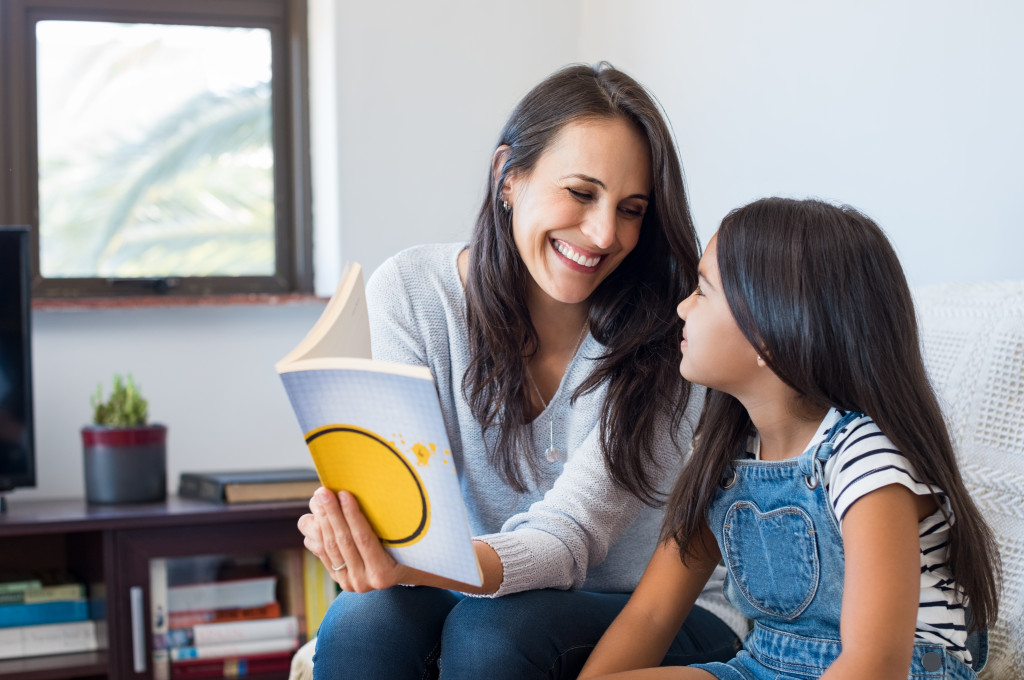- Visual learners take in information best when presented visually with diagrams, illustrations and videos.
- Auditory learners prefer to listen to lectures and discussions and need extra help understanding concepts that have been heard but not seen.
- Kinesthetic learners benefit from active learning strategies such as physical activities, art and craft activities and simulations.
- Reading/Writing learners respond well to visual cues, repetition and writing practice.
- Interpersonal learners learn best through collaborations, discussions, conversations and problem-solving activities.
Are you looking for ways to help your kids excel in school? Understanding their individual learning styles is key to helping them reach their fullest potential. Every student has unique needs and strengths, so it is essential to figure out the best way for them to learn. To help you create a customized learning plan for your children, here are five different learning styles to consider.
1 . Visual Learners
Visual learners take in information best when it’s presented visually. They learn through watching and observing, with diagrams, illustrations and videos providing an excellent opportunity to absorb new material. Visual learners remember what they see better than hear, so incorporating visuals into their studies can be highly beneficial.
2. Auditory Learners

Auditory learners are those who learn best by hearing and speaking. They prefer to listen to lectures and discussions, take detailed notes, replay information in their head, and discuss topics with others. Auditory learners need to be able to speak up and ask questions during class time. In addition, they often need extra help understanding concepts that have been heard but not seen.
Auditory learners can benefit from audio tools such as podcasts and recorded lectures, which they can listen to multiple times while taking notes. They may also find it helpful to record their lectures or discussions so that they can go back and listen if needed.
3. Kinesthetic Learners
Kinesthetic learners prefer hands-on approaches to learning. They enjoy activities that involve movements, such as physical games and simulations. Kinesthetic learners respond well to tactile stimuli and are often indebted to art and craft activities. They are often very creative in their approach to problem-solving, coming up with unique solutions based on experience and practical application. Kinesthetic learners can benefit greatly from active learning strategies such as field trips that allow them to engage with the material in a more physical way.
4. Reading or Writing Learners
Reading and writing learners can benefit from various strategies to aid their learning process. Educators should focus on developing students’ understanding of the material by providing visual cues, allowing for more time for reading comprehension and reinforcing key ideas with repetition.
It is important to provide opportunities for writing practice and encourage students to practice writing regularly. Encouraging students to reflect on their thoughts and ideas through writing can help them develop critical thinking skills and better understand the material. Providing students with reading materials that match their interests is also vital for learning. When selecting reading materials, educators should consider the language difficulty level to match the student’s ability.
5. Interpersonal Learners

Interpersonal learners are social, outgoing and inquisitive. They learn best through collaborations, discussions and conversations where they can build off the ideas of others. Group projects and problem-solving activities are ideal for interpersonal learners.
Here are some interpersonal skill activities to try with your kids:
Crossword Puzzle
Crossword puzzles are ideal for interpersonal learners, as they require multiple people to work together. Exploring a variety of the best and most knowledgeable crossword puzzle books is a great way to introduce new topics and learn more about the world around us. From classic collections to themed editions, there’s something for every learner. Crossword puzzle books also feature different difficulty levels, ensuring everyone is challenged and engaged.
Role Playing or Acting
Role-playing is an excellent way to teach your child the skills to become a great communicator. By taking on different characters, your child can put themselves in someone else’s shoes and think about how that person might react in certain situations.
Debate
Debates are an excellent way to help your child understand both sides of an argument and hone their critical thinking skills. This can help your child become a better listener and communicator while allowing them to practice their persuasive and public speaking abilities.
Collaborative Writing
Collaborative writing is a great way to get your child’s creative juices flowing. Have them work with a partner or in a group to develop stories and scripts that they can bring to life through acting out, recording audio versions or creating illustrations. Not only does this help hone their writing skills, but it also helps them learn to work with others.
In Closing
Understanding the different learning styles of your child will help you provide them with the best possible support. By considering their strengths, needs and interests, you can better prepare activities to optimize their growth and development. You can ensure your child reaches their full potential. With a better comprehension of their strengths and weaknesses, you can give them the tools necessary to grow into exceptional learners and individuals.

